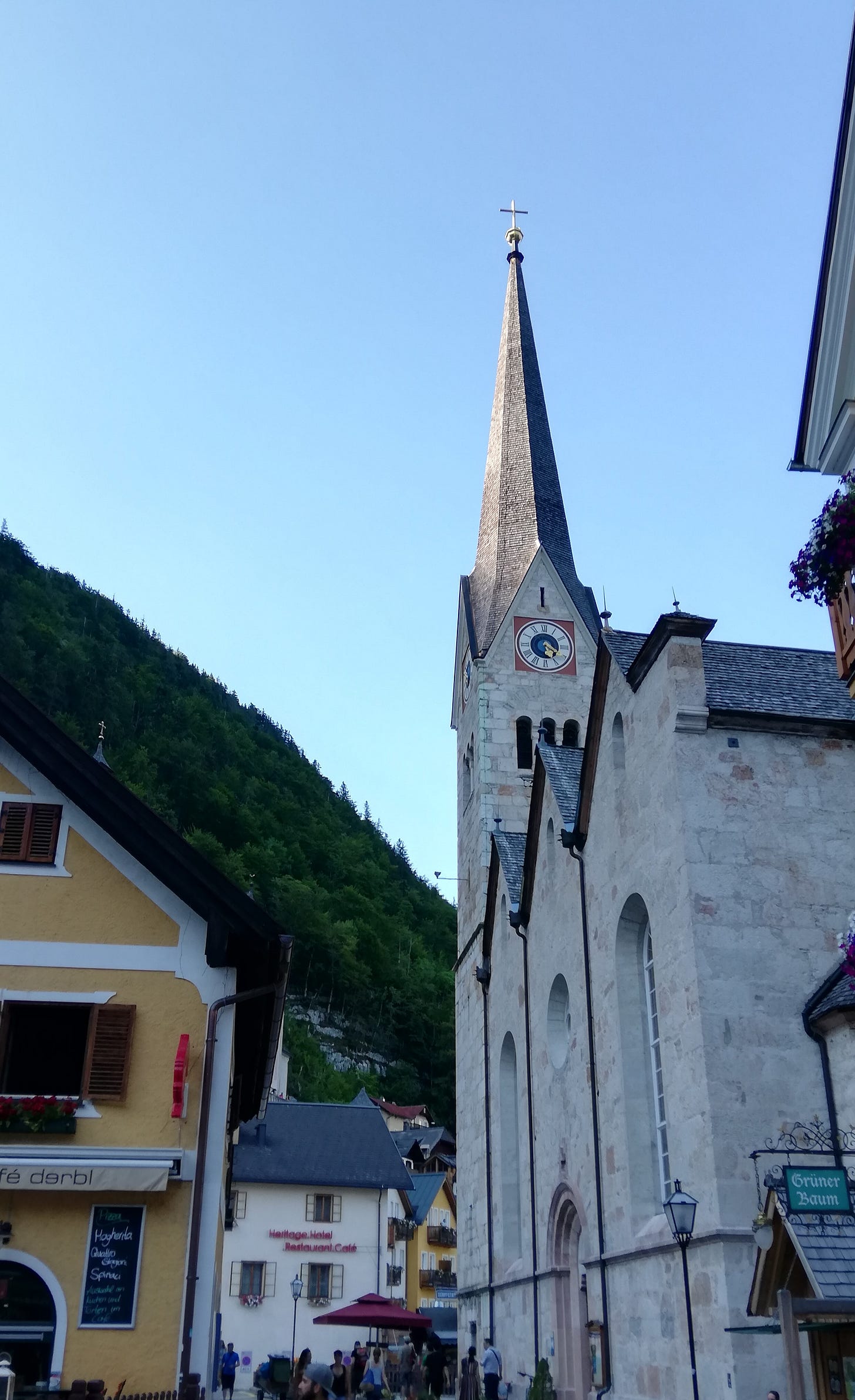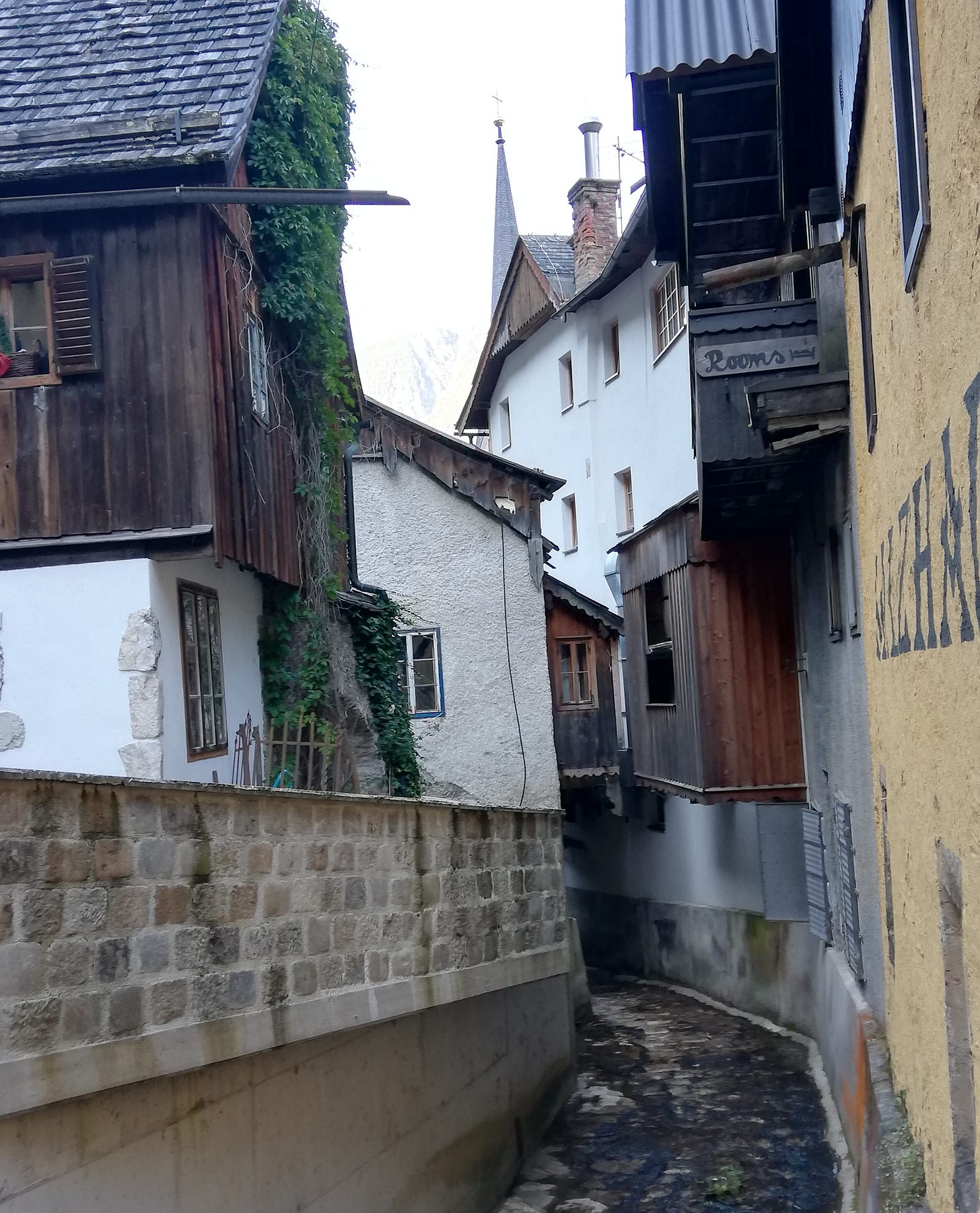Hallstatt in Austria: A real-life fairy tale village on the edge of a lake
UNESCO Sites in Austria: Hallstatt-Dachstein / Salzkammergut Cultural Landscape (visited July 2019)
Imagine waking up to the sound of church bells as a fresh mountain breeze creeps into your room. If you’ve ever dreamed of a village straight out of a storybook, Hallstatt might be just that.
Tucked on the edge of a mountain and perched on the shore of a pristine mountain lake, this tiny Austrian town feels like a place frozen in time. With just over 700 residents, it’s a place that draws millions each year who come to see its fairy tale charm in person.
I visited it twice, the first time being in the winter of 2018, and I wouldn’t mind stopping by again sometime in the future.
One side note: You can combine a visit to Hallstatt with a visit to Zotter Chocolate Factory.
About the site
The Hallstatt-Dachstein/Salzkammergut Cultural Landscape, located in Austria, is a UNESCO World Heritage Site recognized for its rich history and stunning natural beauty. This area has been a center of salt production since prehistoric times, with evidence of mining dating back over 7,000 years.
The region's unique cultural landscape reflects the harmonious interaction between human activity and the natural environment, with its traditional wooden houses, alpine meadows, and the iconic Dachstein massif. The archaeological significance of Hallstatt is highlighted by the discovery of the Hallstatt culture, an early Iron Age civilization named after the town, emphasizing its importance in European prehistory.
Key terms explained
Hallstatt culture: The culture is named after the Austrian town of Hallstatt, and was a prominent Iron Age civilization in Central Europe, flourishing from around 1200 to 450 BC in four periods. The Hallstatt culture was known for its advanced metalwork, salt mining, and burial practices, and it significantly influenced the development of European societies and marked a key phase in early European history.
Iron Age Europe: In Europe, the Iron Age began around 1200 BC, characterized by the adoption of iron smelting, which allowed for stronger tools and weapons, contributing to the growth of local economies and societies. This period saw the emergence of distinct cultural groups, such as the Hallstatt and La Tène cultures, with complex trade networks and advances in art, agriculture, and warfare.
Tiny streets and timeless charm
Once you step foot in Hallstatt, you’ll see how compact and picturesque it is. The entire village stretches along one narrow street on the lake’s edge, with postcard-perfect houses in soft pastel colors, each decorated with flower-filled balconies. The detail is everything: tiny alleyways, wooden signs for inns, and the gentle sound of church bells in the distance.






